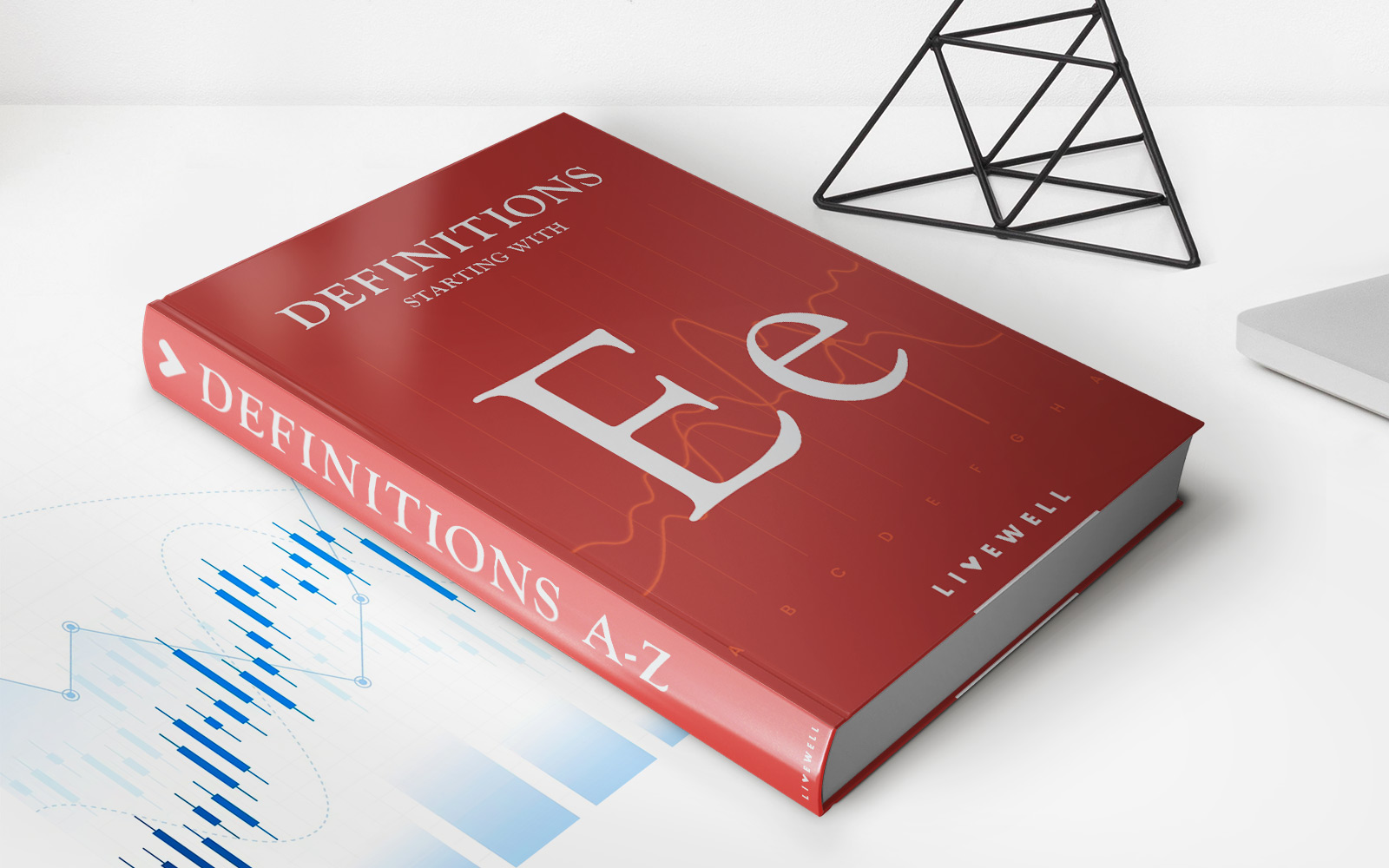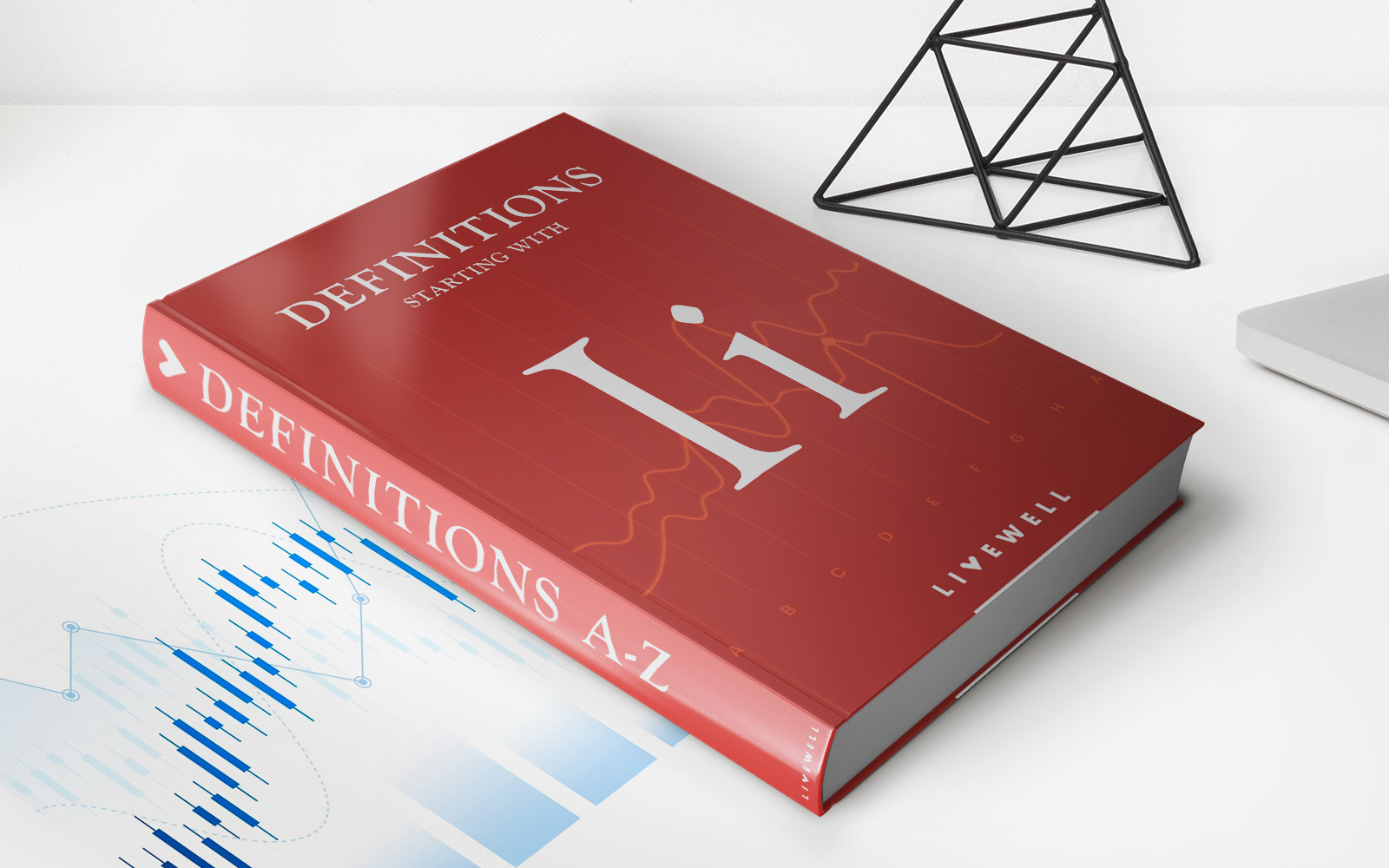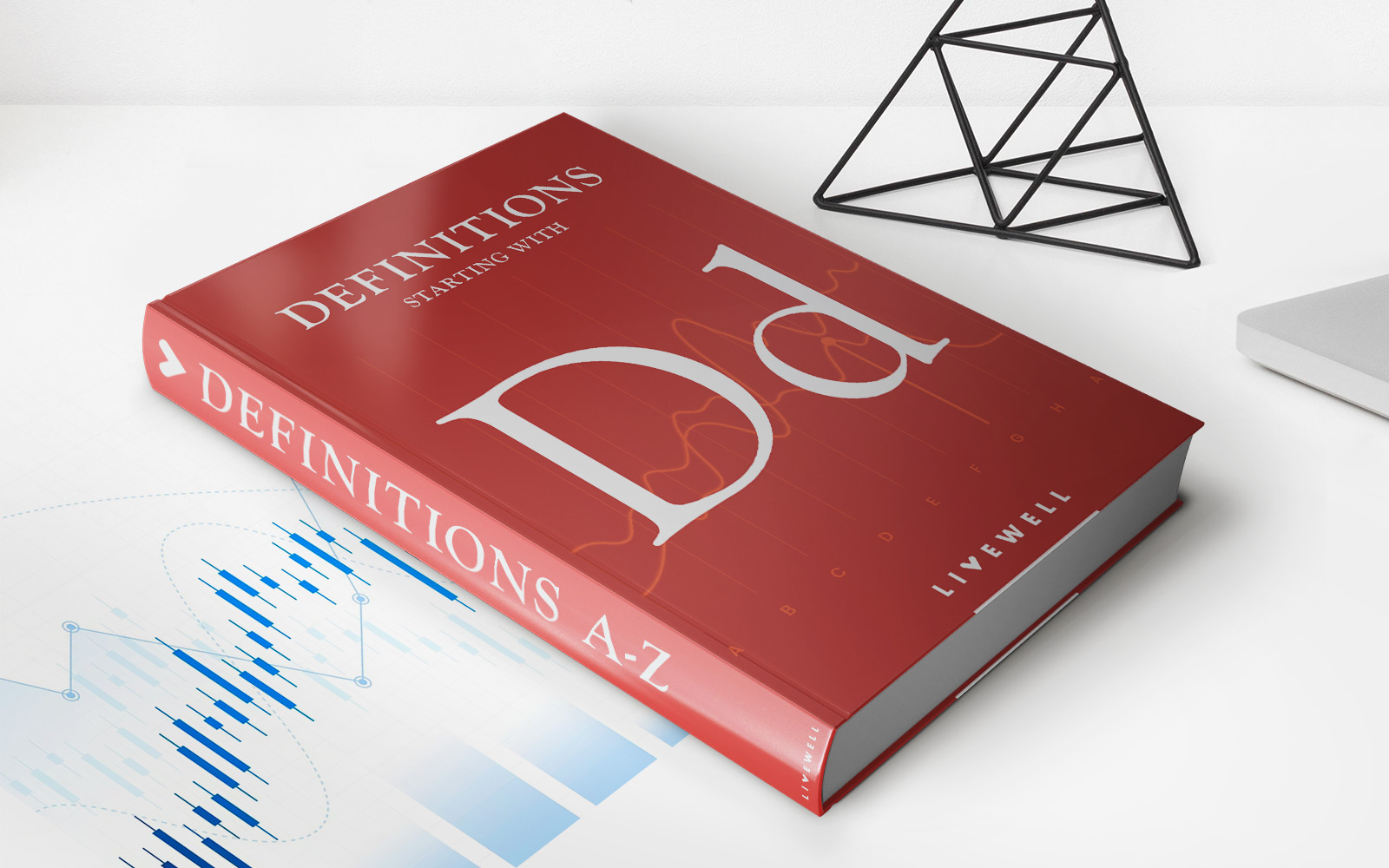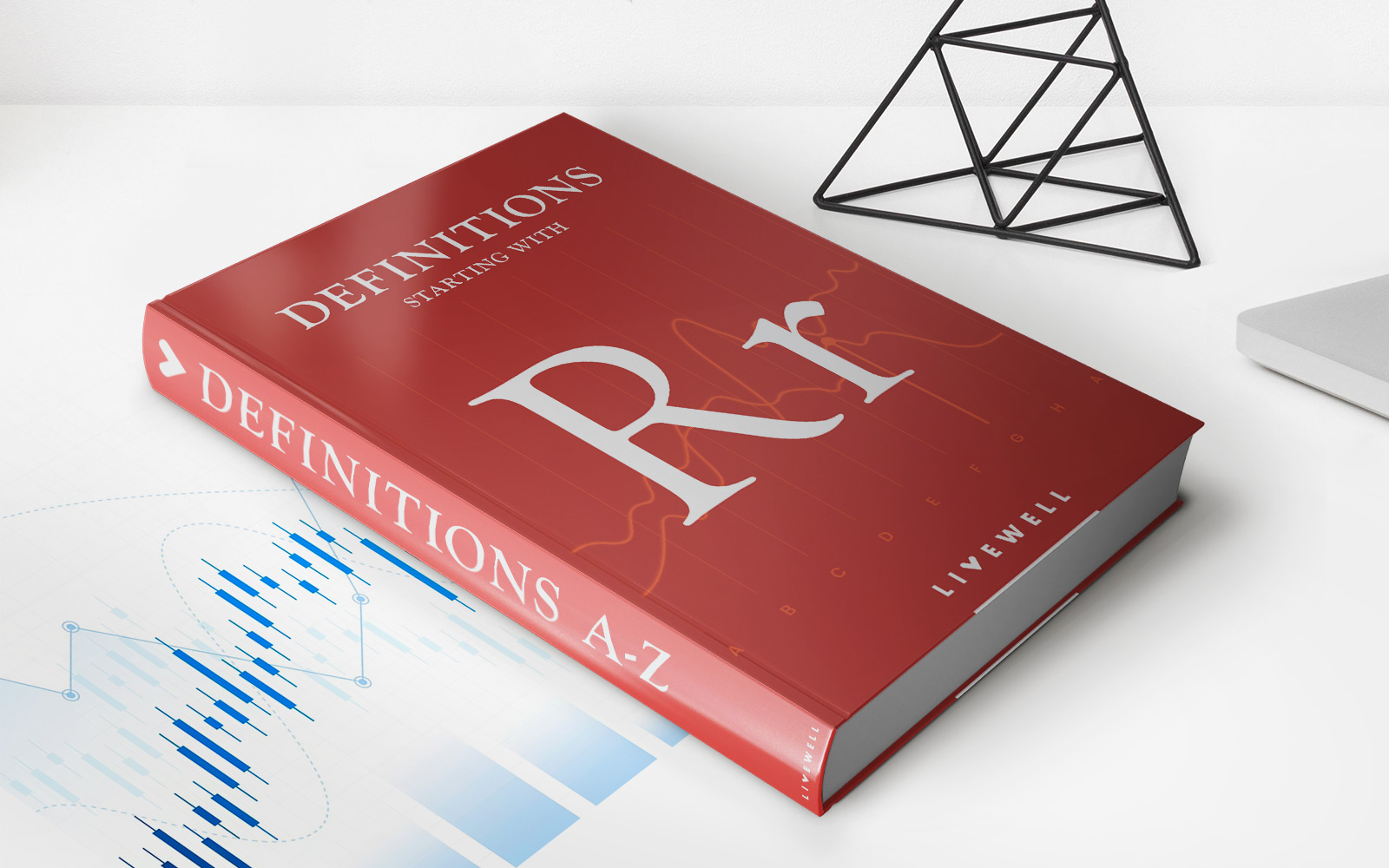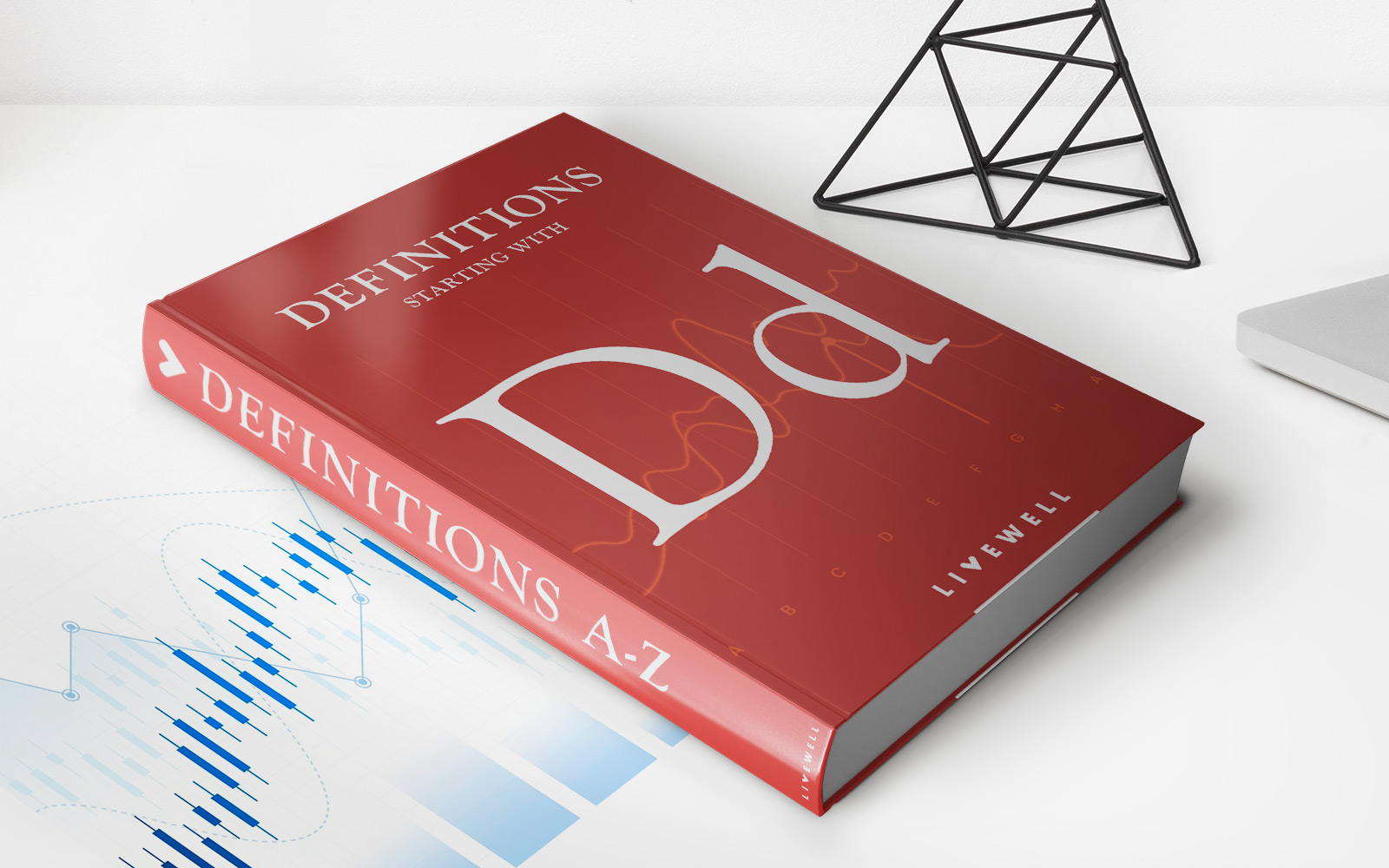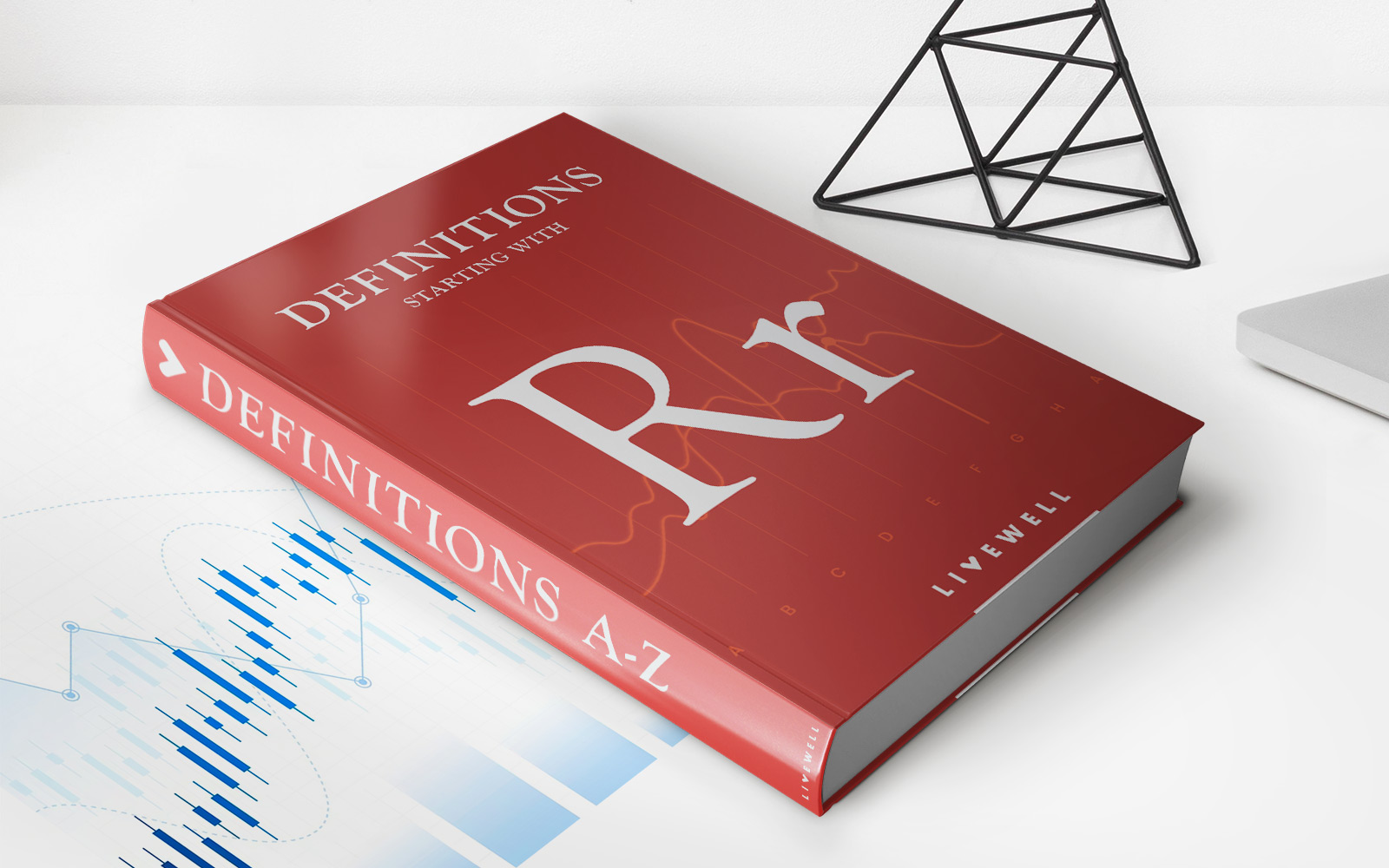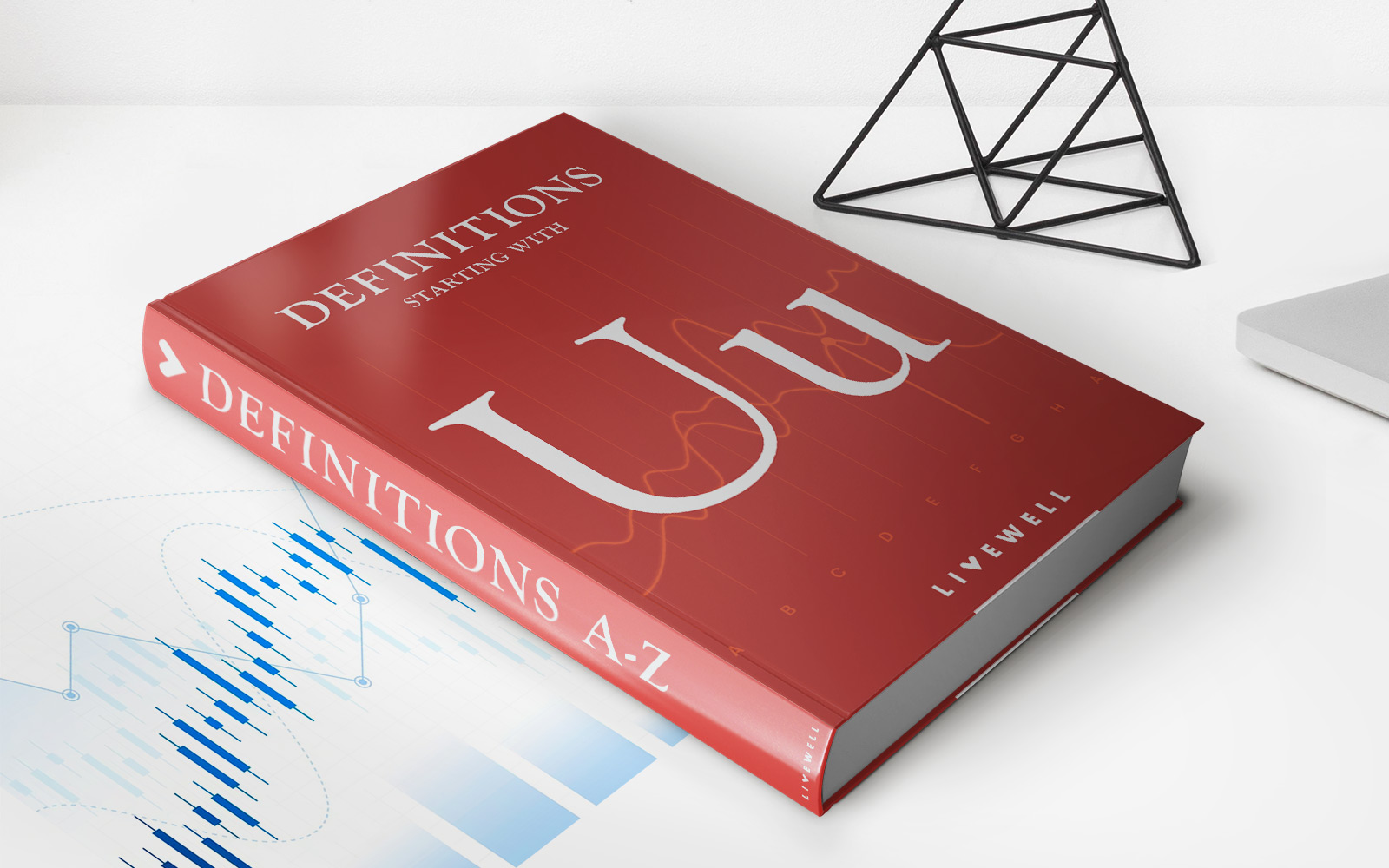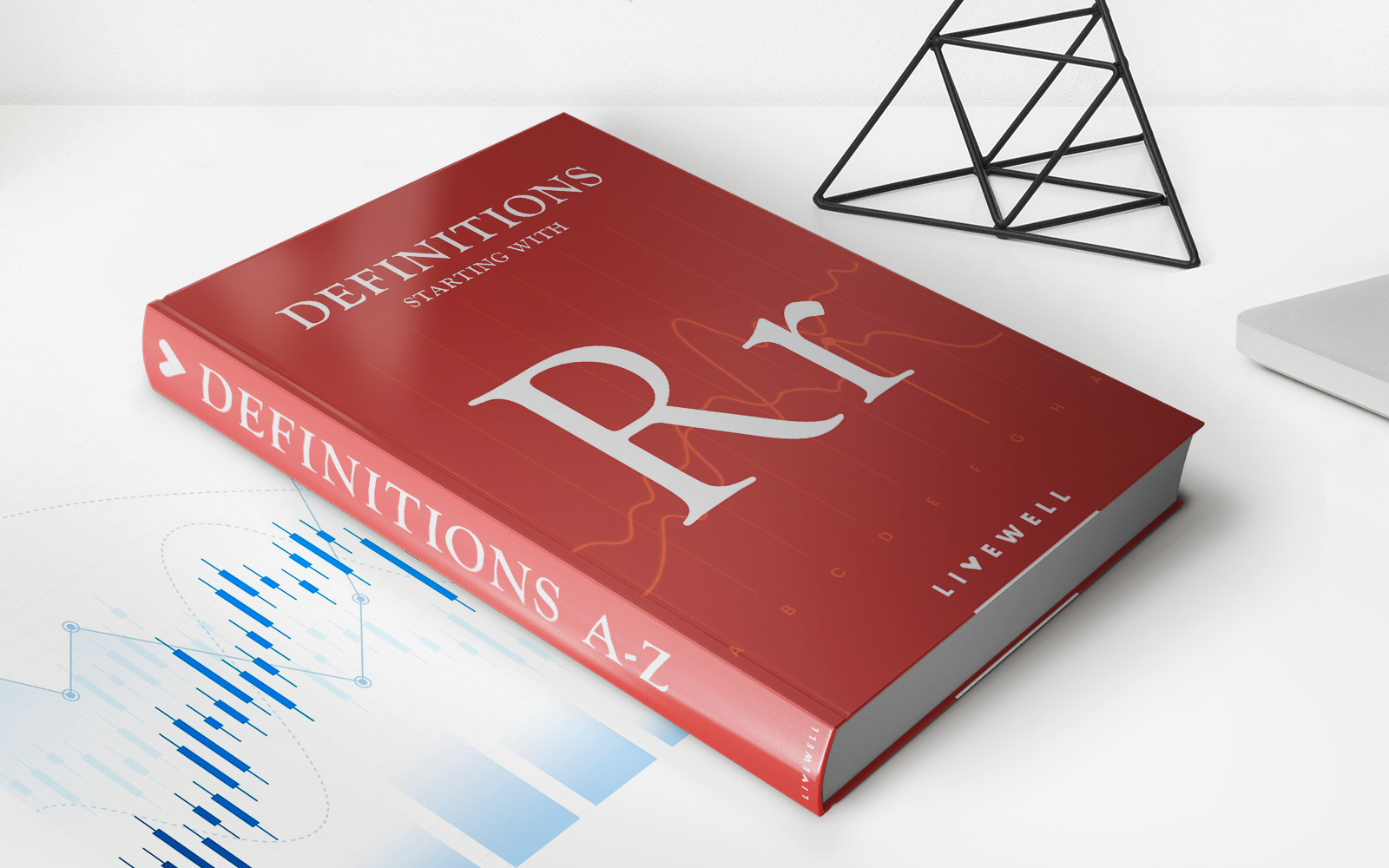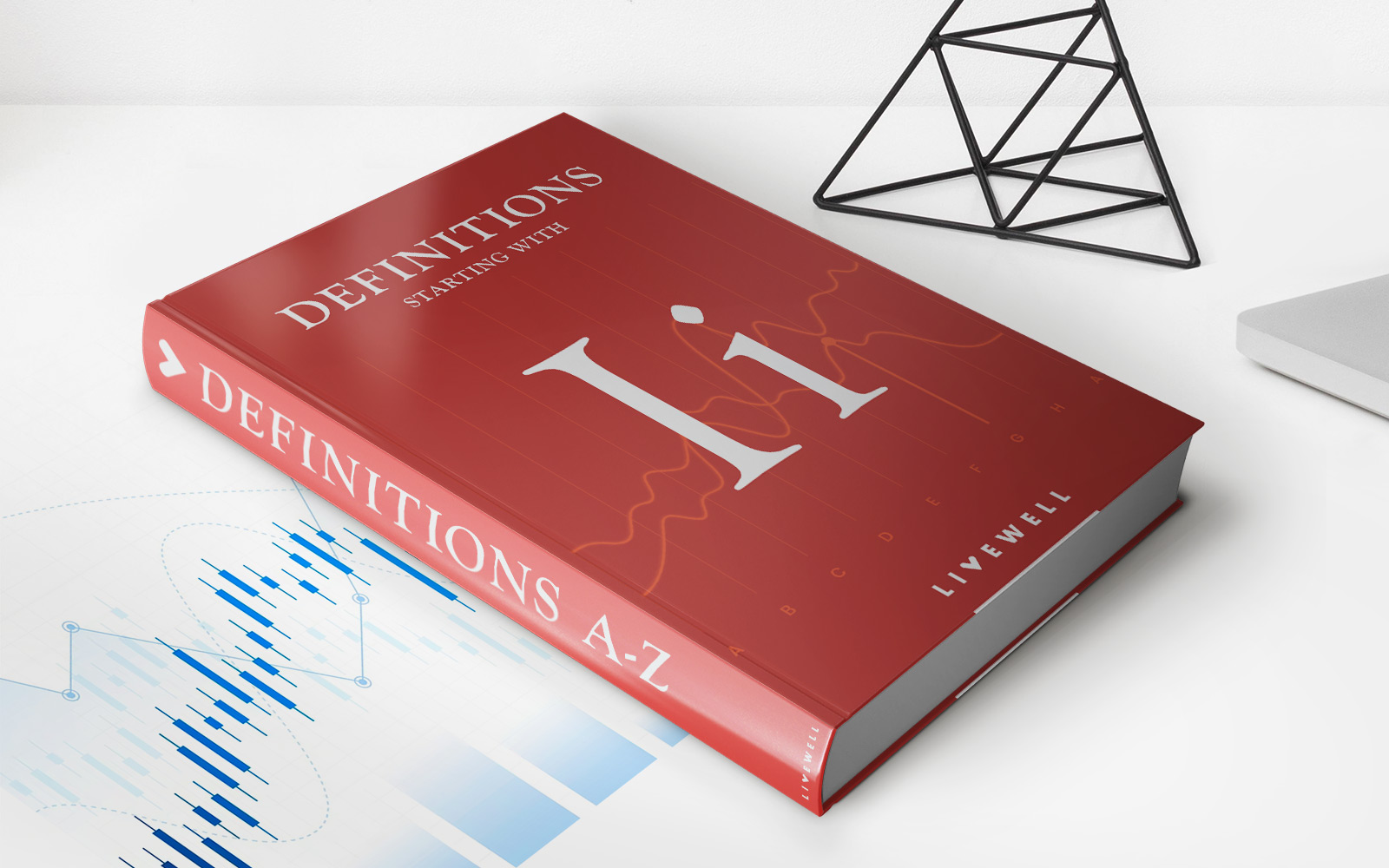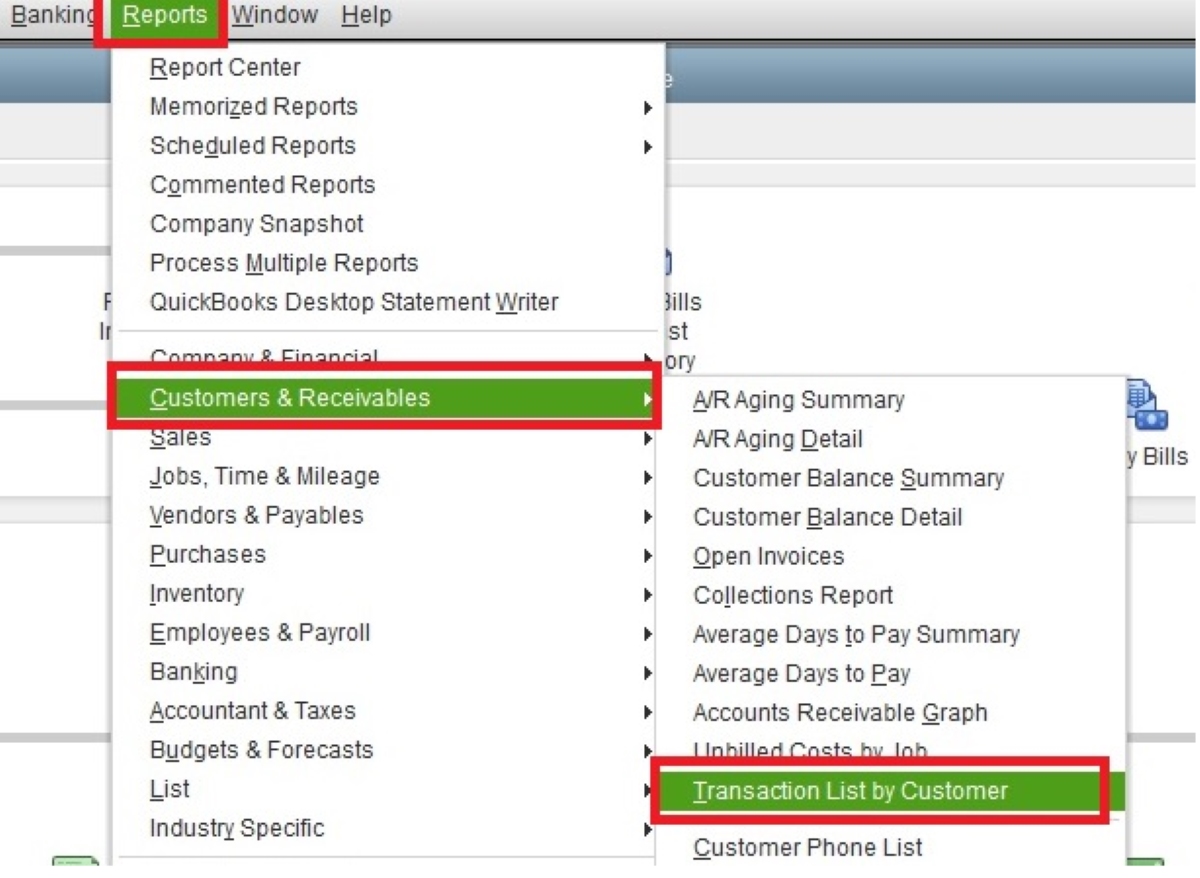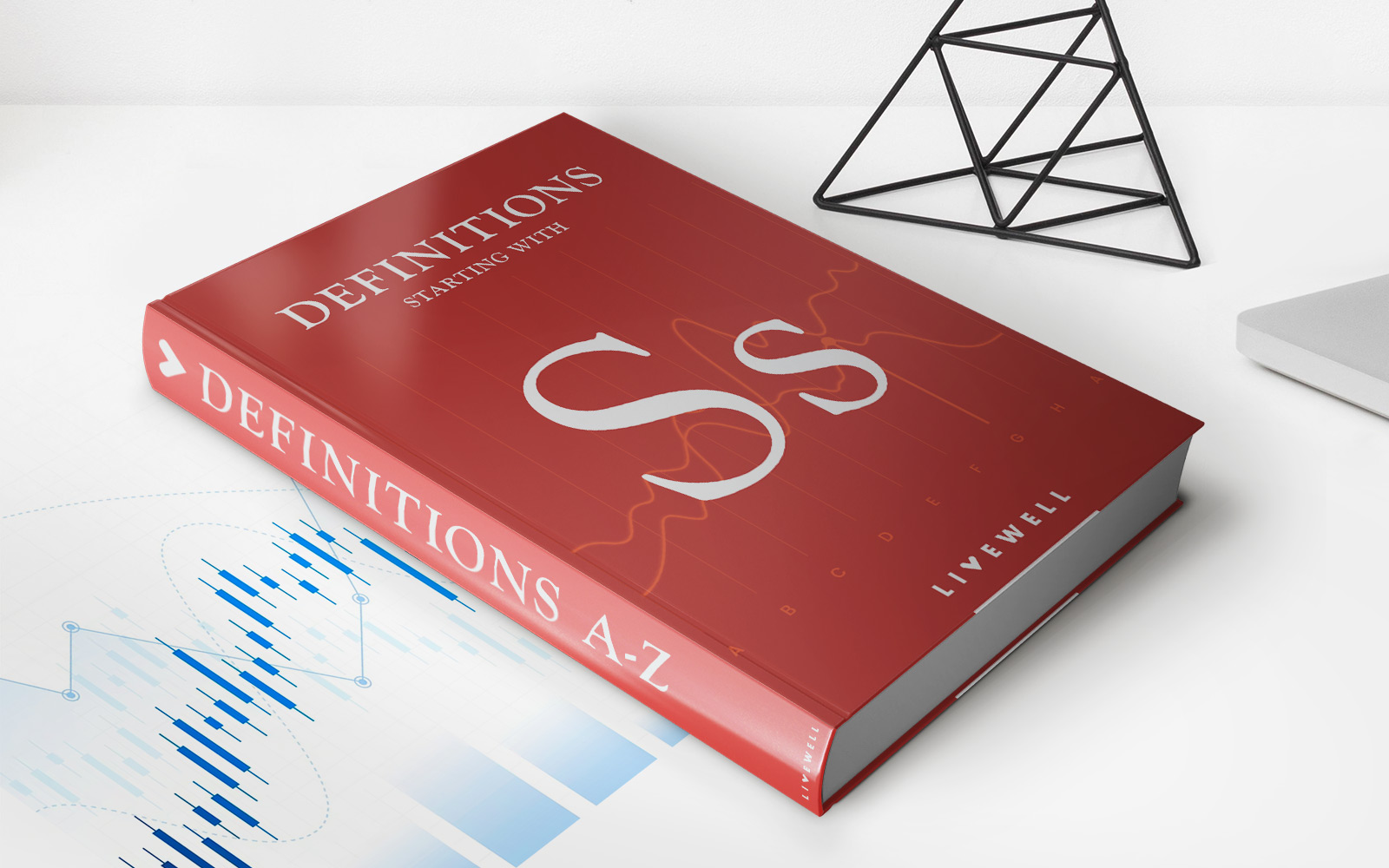

Finance
Incentive Distribution Rights (IDR) Definition
Published: December 7, 2023
Learn about Incentive Distribution Rights (IDR) in the finance industry. Understand how IDR works and its impact on financial performance.
(Many of the links in this article redirect to a specific reviewed product. Your purchase of these products through affiliate links helps to generate commission for LiveWell, at no extra cost. Learn more)
Welcome to the World of Incentive Distribution Rights (IDR)
When it comes to the world of finance, there are numerous terms and concepts that can be quite complex to understand. One such concept is Incentive Distribution Rights, commonly referred to as IDR. In this post, we will delve into the definition of IDR and shed light on how it works.
Key Takeaways:
- Incentive Distribution Rights (IDR) are a type of ownership interest in a master limited partnership (MLP).
- IDRs give the general partner the right to receive increasing percentages of the MLP’s cash distributions as the partnership’s distribution levels rise.
So, what exactly are Incentive Distribution Rights (IDR)? IDRs are a unique type of ownership interest in a master limited partnership (MLP). In simple terms, an IDR is a contractual agreement that grants the general partner of an MLP the right to receive an increasing percentage of the MLP’s cash distributions as the partnership’s distribution levels rise.
In other words, IDRs allow the general partner to benefit disproportionately from the success and growth of the MLP. As the MLP’s distribution levels increase, the general partner receives a higher percentage of those distributions, typically in the form of additional cash or units of the MLP.
Now, you might be wondering, what advantages do IDRs offer? Let’s take a look:
Advantages of Incentive Distribution Rights (IDR)
- Profit Sharing: IDRs provide an effective way for the general partner to share in the MLP’s success without needing to invest significant capital.
- Alignment of Interests: IDRs align the interests of the general partner and the limited partners by incentivizing the general partner to make decisions that maximize the MLP’s value and cash distributions.
- Compensation Structure: IDRs serve as a compensation structure for the general partner, allowing them to earn increasing amounts as the MLP grows.
It’s important to note that while IDRs can be financially rewarding for the general partners, they can also create potential conflicts of interest. This is because the increasing percentage of distributions received by the general partner may come at the expense of the limited partners.
In summary, Incentive Distribution Rights (IDR) are a unique type of ownership interest in a master limited partnership that provide the general partner with increasingly higher percentages of the MLP’s cash distributions as the partnership’s distribution levels rise. Understanding IDR can help investors and finance professionals navigate the world of MLPs more effectively.
